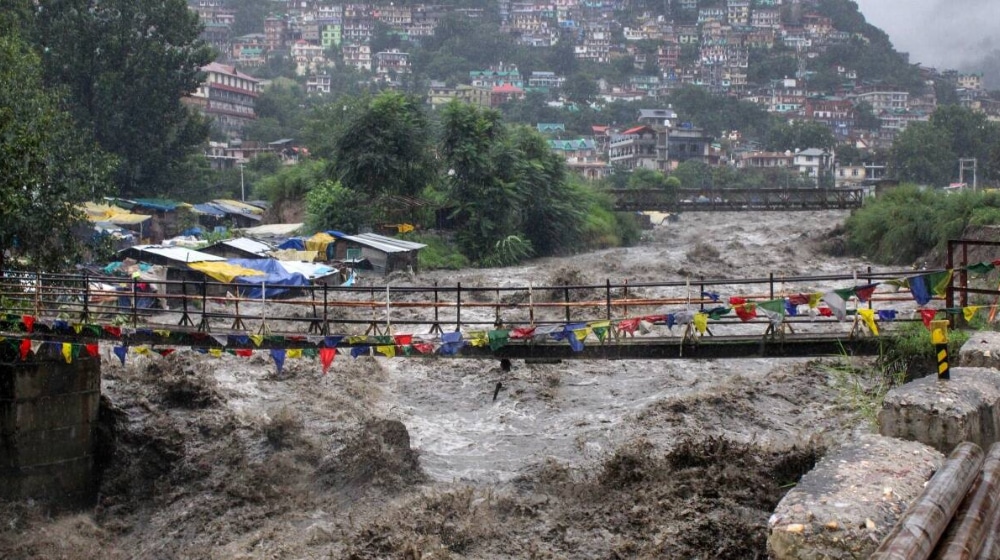
Last month, Khyber Pakhtunkhwa experienced unprecedented rainfall, totaling 174.9mm, marking the highest precipitation in the region over the past 59 years, surpassing the previous record set in 1965 of 158.6mm.
The meteorological department’s monthly “climate summary” for April 2024 revealed that KP encountered its wettest April since 1964, with rainfall significantly exceeding the average. Notably, on April 14, the Dir region and on April 20, the Malam Jabba area of Swat district reported the heaviest one-day rainfall, reaching 91mm each.
Malam Jabba emerged as the wettest location, receiving a total of 520mm of rainfall for the month.
Experts expressed concerns over the drastic shift in weather patterns. Several areas within the province broke long-standing records for extreme weather conditions. Chitral district, for instance, saw its wettest April since 1964, recording 283.5mm of rainfall, surpassing the previous high of 208mm set in 1964. Similarly, the Dir district experienced a record-breaking 461.9mm of rainfall, eclipsing the 1995 record of 353mm.
In the Drosh area of Chitral, a staggering 300.4mm of rainfall was recorded, smashing the previous high of 278.4mm set in April 1908. Additionally, the Kakul area of Abbottabad district registered 289mm, surpassing the 1961 record of 254.3mm.
Furthermore, Chitral and Drosh recorded their lowest daytime temperatures on April 15 at 3.2 and 3.4 degrees Celsius, respectively.
The report highlighted other significant rainfall figures across the province, including Dir (461.9mm), Saidu Sharif (382mm), Kalam (379.6mm), Lower Dir (346.9mm), Ghari Duppatta (280.3mm), Mirkhani (270mm), and Peshawar (220.7mm).
The unusual weather patterns were attributed to successive western disturbances that entered the country between April 2 and April 30, affecting various regions including KP, Gilgit-Baltistan, Azad Jammu and Kashmir, Punjab, Balochistan, and parts of Sindh.
Dr. Khan Alam, a professor of atmospheric physics at the University of Peshawar, linked the extreme weather events to the rise in sea surface temperature and other climatic factors, resulting in heightened vapor emissions from the Indian Ocean. He emphasized the global nature of the issue, advocating for international cooperation to address such challenges.
View Comments
Scientifically its true that climate change is affecting weather conditions in Pakistan but it is also astonishing that what has happened in 1964 to record so.much rain. I think our region is crucial record for uneven weather conditions. I experienced heavy rain during January to April in 1980 to 2000 and similarly in monsoon of the said decades. Geographically Our region is most dangerous regarding rains in March April and in monsoon.